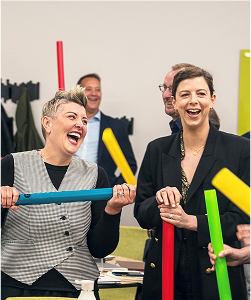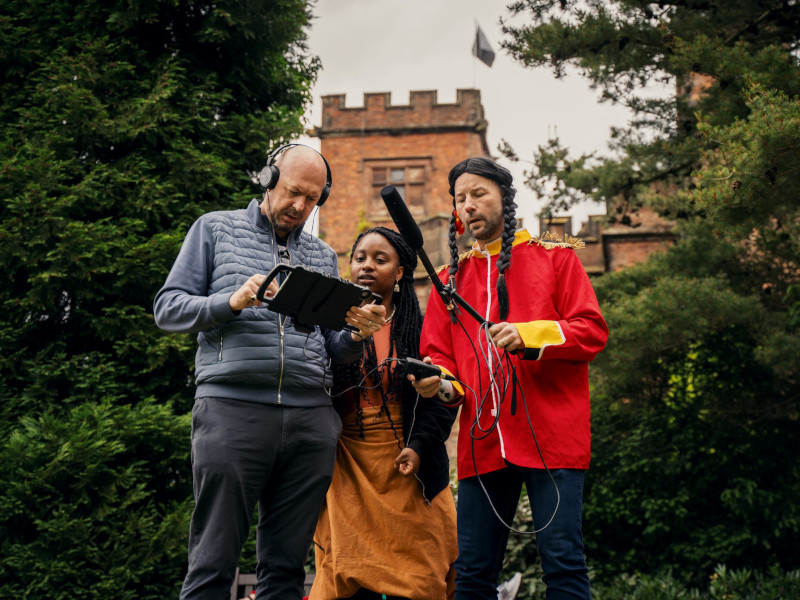Team Building Exercise
The Effect Team Building Interventions Have on the Corporate Sector
A dissertation submitted by Ian Harnett in partial completion of the award for BSC (HONS) Sport Development and Coaching Sciences.
Click here for a full list of team building events
Chaper FIVE - Discussion
5) Discussion of Future Events
Question
"Would you look into team building interventions in the future?
If so how would they be different to those in question?"
Click here to view the result of this question
Discussion
Group 1 has used team building interventions for two years and stated that he would continue to use this form of training in the future.
The ongoing process of team building is highlighted as a necessity by Buller and Bell (1986) who outline the importance of continuous team building and not using it as a one off intervention.
The evidence provided by Group 1 backs up the research hypothesis and satisfies both the primary and secondary aims.
The concept from Buller and Bell (1986) could be a theory that Group 2 may benefit from, as over time the positive effect the team building interventions had on their team slowly declined to levels at which it was prior to the interventions.
However, as it stands Group 2 has experienced positive effects of team building which have, in time, declined.
Group 3 will use team building interventions in the future and said that the senior directors are considering using it throughout all of the departments.
This is a prime example of the positive effects team building has on performances, views that support literature from Tjosvold et al. (2005) who recognise team cohesion as the foundation for enhancing performance.
This again is supported and developed further by Adair (1986) when recognising successful teams as those who need to achieve and strive for more challenges.
This research provides significant evidence that accepts the research hypothesis and fulfils the objectives of the study.
Group 4 challenges the views held by Buller and Bell (1986).
The interviewee believes that team building is used as a resolution and not prevention.
She mentioned that she would use it again only if a similar problem were to arise.
This view is challenged by Brooks (2005) who highlights the importance of continuous team building as an effective training tool.
This view is in concurrence with the experiences of Group 1 who regularly experiences team building interventions.
Group 5's manager reported that she would possibly not use team building interventions in the future as they have caused some conflict within the team.
The reasons for this is event selection, it appears that the wrong event was selected for the team.
However, the event was effective and only caused a negative reaction towards some of the team.
This partially supports a view from Mussnug and Hughey (1997) and Ward (1986) who believe no saving can be made through the use of team building.
















































